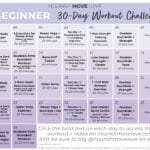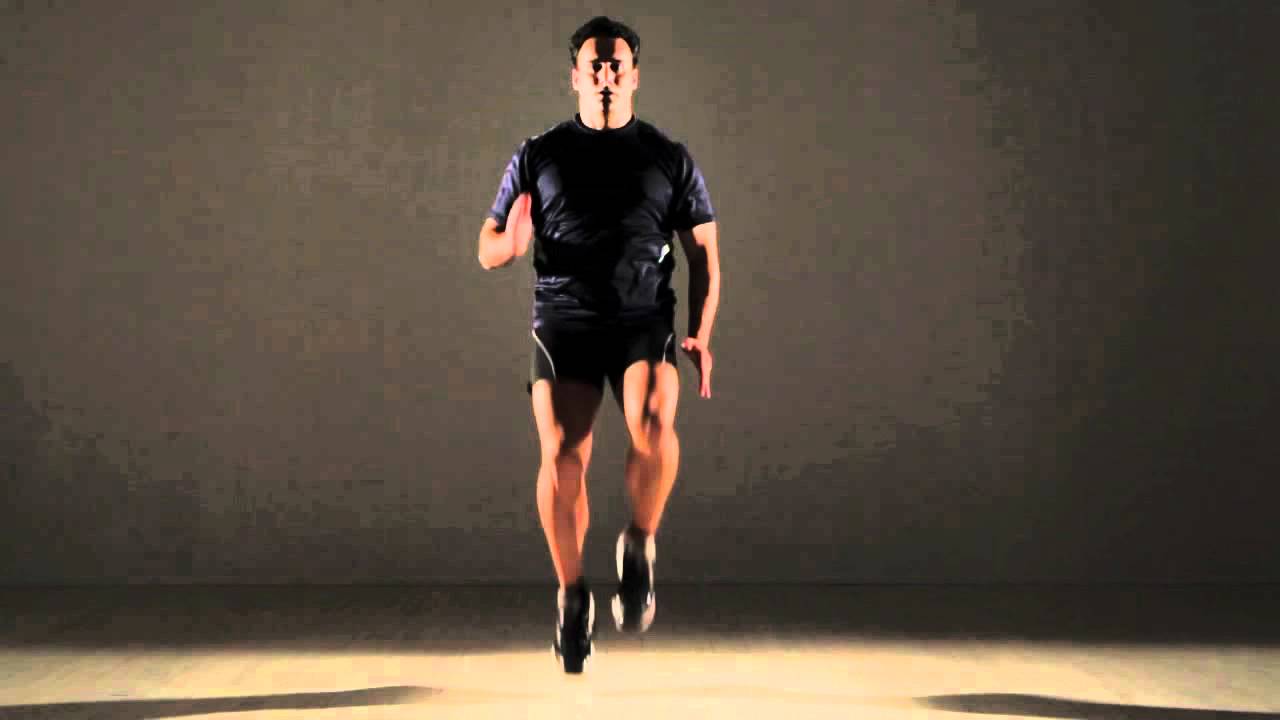
You can get your teen in shape by incorporating a variety of workouts into your daily schedule. It is important that teens get at least 60 minutes of aerobic exercise each day. Another important component of a healthy workout is strength training, which builds muscle and boosts metabolism. Flexibility is another key component. Teens should strive to increase flexibility and balance their physical activities.
Getting your teen moving
Healthy workout programs are essential for your teen's overall health and development. Make exercising fun and encourage your teen not to stop doing the things he or she likes. To keep your teen motivated, ask them to share their favourite activities. Encourage your teen, along with a friend, to go to the gym together. This will boost their motivation and give them some social time.
Making a workout plan
To create a healthy workout program for teens, there are a few things you need to remember. For starters, make sure that your child consumes the right amount of calories daily to sustain the workouts. Before you start giving your teen a sports schedule, consult a doctor or a personal trainer. Once you have established a routine you can split the exercises up into different parts.

Do a cardio workout
Performing a cardio workout for teens doesn't have to be as complicated as it sounds. Jumping jacks is one of the many exercises teens can do to burn calories. Keep the arms and legs in line with the body. If the teenager is embarrassed enough to attempt a new exercise, the routine can still be done in front a mirror. It can correct leg imbalances if done correctly.
Strength training exercises
Teens can have fun with strength training, but teens should be aware of safety precautions. The best rule of thumb is not to lift too much weight during a workout. Exercising more than you need can lead to joint damage, tears, and separation of growth plates. Talk to your doctor or trainer if your teen is not yet an adult to determine if strength training might be right for them. Teens must exercise properly and have a balanced diet.
Jumping rope
You can find something for your teen to do, regardless of whether they enjoy boxing, gymnastics, and jumping rope. The primary benefit of jumping rope are its cardiovascular, strength-building and other benefits. This activity will help you burn calories, tone your muscles, and build explosive power. This simple exercise helps to increase muscle mass in the abdominal region, thighs and calves.

Dancing
Not only is dance a great form of aerobic exercise but there are other benefits. Teens can improve their mental and physical health by dancing. It helps teens deal with peer pressure, as well as other challenges in their lives. It can also boost their self-esteem. A variety of life skills are also taught to teens who take dance classes. They learn to make friends, to get to know people and to take control of their lives.
FAQ
What is the best way to increase muscle mass?
There are two main things you must do when building muscle mass. These are the isolation exercises as well as compound movements. While isolation exercises focus on specific muscles, compound moves target multiple muscle groups simultaneously.
The best way to improve your workouts is to choose exercises that challenge all your major muscle groups. This ensures that each session is challenging.
MyFitnessPal is an app that allows you to track your activities. You can log everything, from calories burned to weight lifting. You can also create customized meal plans based upon your goals.
Is there any benefit to doing yoga?
Yoga has been popular since ancient times. It is now very popular among celebrities and even ordinary people who want to look fit and healthy.
Yoga is great because you can stretch your muscles and strengthen them. Yoga can also help calm your mind and relax you.
The main difference between yoga and other forms of exercise is that yoga focuses on breathing techniques.
To improve your balance and flexibility, you can try different poses.
What is butter good for?
Butter is one the most nutritious sources of saturated oils. This fat is good for hair and skin health, as well as stronger bones.
Vitamin K is also found in butter, which helps prevent bleeding from cuts or bruises. Vitamin K and vitamin C work together to prevent bruising.
Butter is rich in minerals such as calcium, potassium, and phosphorous. These minerals promote stronger bones, teeth, and teeth.
However, butter has some drawbacks. Butter contains high levels of cholesterol. Studies show that too much cholesterol can increase your risk of developing heart disease.
Butter is also high-fat, which can contribute to obesity and increase cholesterol.
But if butter is a must, you can spread it on bread and not dip it in soups or salads. Bread absorbs oil more than pasta or potatoes.
Statistics
- Get free shipping and 25% off today. (healthline.com)
- According to the American Heart Association, blood pressure should be checked at least once every two years, beginning at age 20. (my.clevelandclinic.org)
- Cardmembers earn 5% Back at Amazon.com with a Prime Credit Card. (amazon.com)
- According to the American Academy of Dermatology (AAD), men over 50 are at a heightened risk of developing it. (healthline.com)
- Candidates and applicants must pass all four tests at 70% (minimum level) to graduate from Basic Deputy U.S. Marshal (BDUSM) Training. (usmarshals.gov)
External Links
How To
How do I lose weight while working out?
Exercise burns calories by increasing metabolism and oxygen consumption.
Exercise at a moderate intensity to safely lose weight.
These are the top tips for burning fat while you exercise.
-
Cardio exercises include swimming, running or cycling.
-
Do 30 minutes of exercise three times a week.
-
Add strength training to your workouts if you are looking to lose more weight.
-
Avoid intense workouts. It is possible to build muscle without destroying muscle tissue.
-
Hydrate well during exercise. Water is essential for flushing out toxins and keeping your body hydrated.
-
After working out, drink low-fat protein shakes. Protein shakes repair muscles and increase energy.
-
Take smaller meals throughout each day to avoid feeling hungry.
-
Don't skip breakfast! Skipping breakfast can leave you feeling tired and sluggish.
-
Take care of your mind. Stressful situations can slow your metabolism.
-
Keep a positive attitude. Studies show that overweight people are more likely to be obese than those who perceive themselves as attractive.
-
Get enough sleep. Insufficient sleep can make it more difficult to lose weight.
-
Active living is key. Be sure to get up and move around every hour or two.
-
Maintain a healthy diet. Eat right to feel satisfied and full for longer.
-
Find relaxation techniques. An anxious mind won't allow your body release stress hormones, which can lead to the destruction of muscle tissue.
A balanced diet is one that includes all of the essential nutrients required for growth.
Consider eating six small meals daily instead of three big ones. This allows your body to properly digest what you have eaten.
Calcium is required to support strong bones. Calcium is found in dairy products like yogurt, fortified milk beverages, orange juices, cereals and bread.
Calcium is found in leafy vegetables, beans and tofu, as well nuts, seeds and cheese.
Vitamin D is required for calcium absorption. Vitamin D is found in eggs yolk, fatty fish and fortified foods.
Vitamin E is vital for your skin's health. Vitamin E can also be found in vegetable oil, wheat germ oils, peanuts as well almonds, sunflower seeds and corn.
Your body requires zinc for normal immune function and wound healing. Zinc can be found as a mineral in oysters.
Zinc deficiencies can lead to fatigue, decreased appetite, depression, and reduced immunity.
Too much sugar leads to insulin resistance. This results in higher blood glucose levels. Insulin resistance leads directly to weight gain.
Insulin resistance occurs when the bloodstream is full of free radicals. Free radicals are molecules containing unpaired electrons which cause damage to cells membranes.
Free radicals come mainly from food additives, pesticides, herbicides, preservatives, smoking, air pollution, radiation, chemicals in cosmetics, lotions, and household cleaning supplies.
Free radical damage may lead to cancer, heart disease diabetes, arthritis, asthma and other conditions.
To prevent free radical damage, eat a healthy diet rich in antioxidants. Antioxidants protect against oxidative damage.
Vitamin C can be found in citrus fruits. Beta carotene can be found in carrots. Sweet potatoes. Tomatoes. Carrots. Sweet potatoes. Spinach. Broccoli. Cantaloupe. Vitamin E is found in nuts. Olive oil, avocados.
Selenium, copper and manganese are all antioxidant nutrients.
Selenium helps protect cells from oxidative damage caused by free radicals. Selenium may be found in Brazil nuts as well tuna, liver and kidneys. It can also be found on shrimp, cod, turkey, beef lamb, pork, chicken, and other foods.
Copper protects eyes, brain, lungs and red cells. Copper can be found in shellfish and poultry as well as meat and organ meats.
Manganese, an essential component of bone strength, is crucial. Manganese may be found in brown rice or spinach, bananas and prunes as well raisins, oatmeal and lentils.
Zinc is necessary for average growth, reproduction, and wound healing. Zn is present in lean cuts of meat and white fish, as well as eggs.